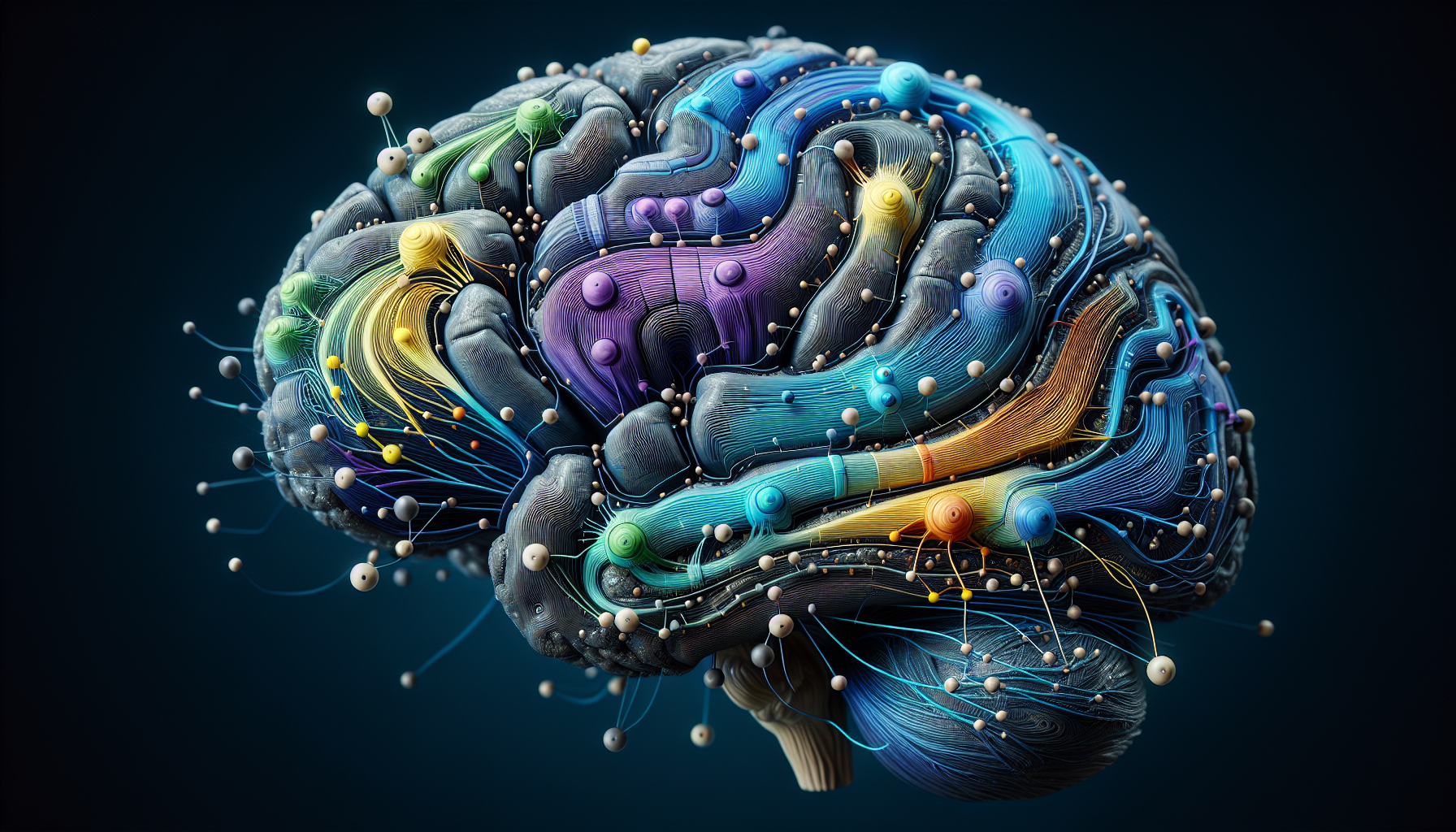Sensory input, the constant flow of data from our environment to our brain, is a critical part of how we interact with the world around us. This stream of information is processed, filtered, and interpreted by our brains, enabling us to respond to our surroundings in meaningful ways. However, when this process is disrupted, it can lead to a range of neuropsychiatric disorders that impact an individual’s mental health and well-being. In understanding the significance of sensory input in these conditions, we can develop more effective strategies for treatment and support.
Understanding Sensory Health
At its core, sensory health is about the efficient and accurate processing of sensory information. The senses—sight, sound, touch, taste, and smell—provide the brain with the necessary signals to perceive and navigate the world. When sensory processing is compromised, it can lead to difficulties in attention, cognition, and social interaction.
In the context of neuropsychiatric disorders, sensory input plays a pivotal role. For instance, individuals with autism spectrum disorders may experience hypersensitivities to certain stimuli, leading to overwhelming sensory experiences that can affect behavior and social engagement. Similarly, those with attention-deficit/hyperactivity disorder (ADHD) often struggle with sensory overload, impacting their ability to concentrate and remain focused.
The Impact of Sensory Processing on Mental Health
Sensory processing issues are not limited to developmental conditions; they can also affect adults and manifest in various mental health challenges. Sensory processing disorder in adults can result in difficulties in performing everyday tasks, creating stress and anxiety. Moreover, sensory input has been linked to addiction recovery, with sensory-based therapies showing promise in helping individuals regain control over their responses to environmental triggers.
Research has demonstrated that sensory-friendly environments can significantly enhance workplace productivity by reducing stress and increasing focus. Similarly, engaging the senses through sensory play is an important educational tool for children with special needs, aiding in the development of cognitive and motor skills.
The incorporation of sensory-friendly design in public infrastructure and retail environments is another area where the understanding of sensory input is being applied. It serves to create inclusive spaces that accommodate the needs of individuals with sensory processing challenges, promoting accessibility and comfort for all users.
Sensory Input and Brain Health
It’s important to note that sensory health is closely linked to brain health. The brain’s ability to process sensory information accurately is fundamental to cognitive function. Disruptions in this process can lead to a variety of neuropsychiatric disorders, including anxiety, depression, and schizophrenia.
In exploring the relationship between sensory input and brain health, it becomes evident that multi-sensory experiences can have therapeutic benefits. For example, sensory integration therapy, which involves engaging multiple senses through activities like swinging or brushing, has been used to help individuals with autism improve their sensory processing abilities.
External resources that support the effects of sensory input on brain health include niche studies on sensory integration, such as those found in specialized journals like the American Journal of Occupational Therapy. These studies provide evidence of the benefits of sensory therapies in improving symptoms of neuropsychiatric disorders.
Sensory Therapies in Treatment and Recovery
The role of sensory input in treatment strategies for neuropsychiatric disorders is gaining recognition. Sensory-based interventions, such as weighted blankets or noise-cancelling headphones, provide practical means to manage sensory overload and improve daily functioning.
In the realm of addiction recovery, sensory processing is an area of focus, with therapies aimed at helping individuals better process sensory information, which can reduce cravings and prevent relapse. The design of sensory rooms in educational institutions is another example of how controlled sensory input is being used therapeutically to support learning and emotional regulation.
Conclusion
The significance of sensory input in neuropsychiatric disorders cannot be overstated. A deeper understanding of how sensory information affects mental health has led to innovative approaches in treatment, education, and design. As research continues to uncover the intricate connections between the senses and the brain, the potential for improving the lives of those affected by sensory processing challenges grows ever more promising.
For those seeking further information on this topic, niche resources such as the Sensory Integration Network offer a wealth of knowledge on the application of sensory therapies in various contexts. Through continued exploration and application of sensory health principles, we can enhance the quality of life for individuals with neuropsychiatric disorders and create a more inclusive society that recognizes and accommodates sensory needs.



